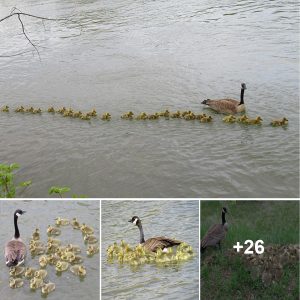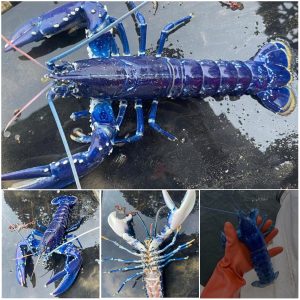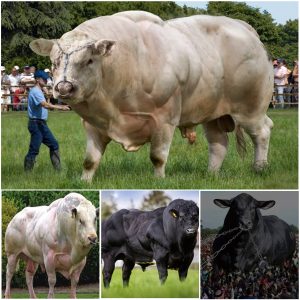This bird’s vivid red mask and chest seemingly explode from a background of white and black-flecked plumage.
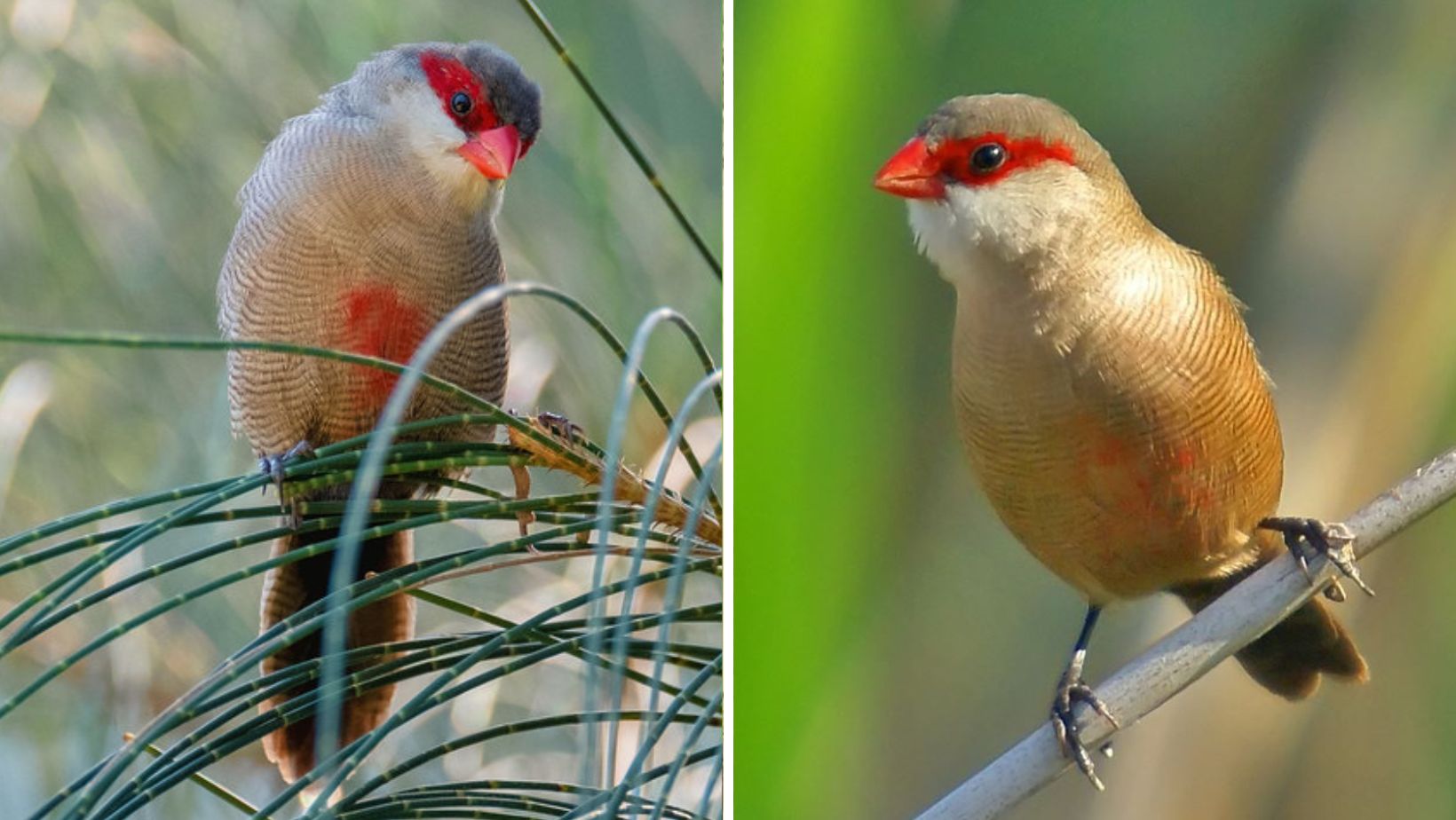
MEET THE COMMON WAXBILL
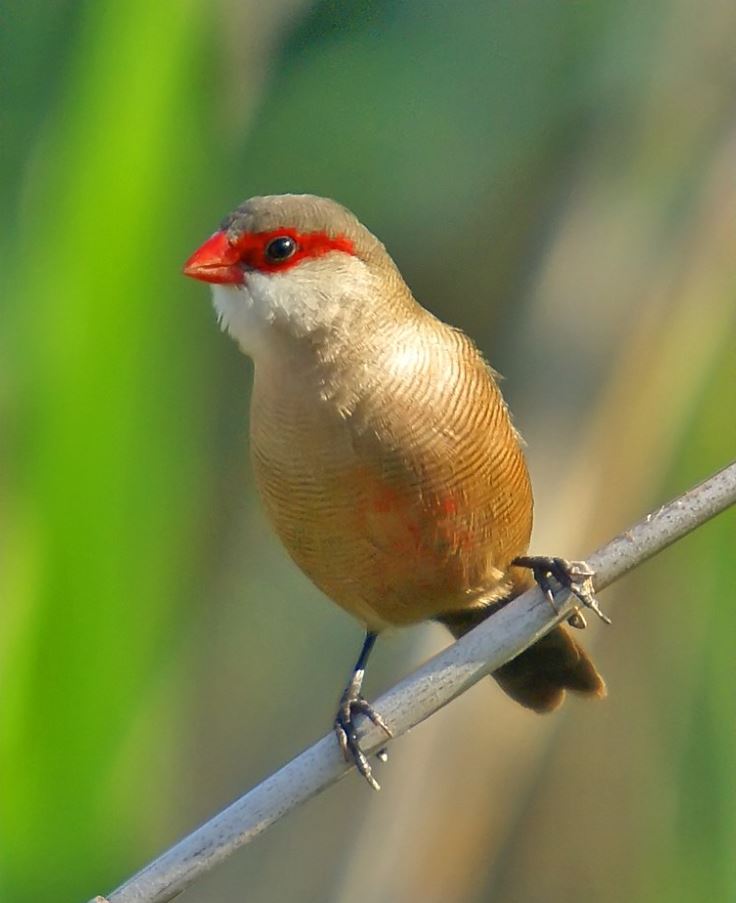
Photo (cropped) Courtesy of ferran pestaña / CC BY-SA 2.0
The common waxbill (Estrilda astrild), also known as the St Helena waxbill, is a small passerine bird belonging to the estrildid finch family. 4 to 5 inches in length, this slender bird has gray upperparts, with finely, conspicuously barred grey-brown. Their underparts are a shade of pinkish-beige, barred dark grey on the flanks. In the middle of the belly is an elongated, highly visible, bright red patch. Undertail covers and vent are blackish, while the tips are black and white.
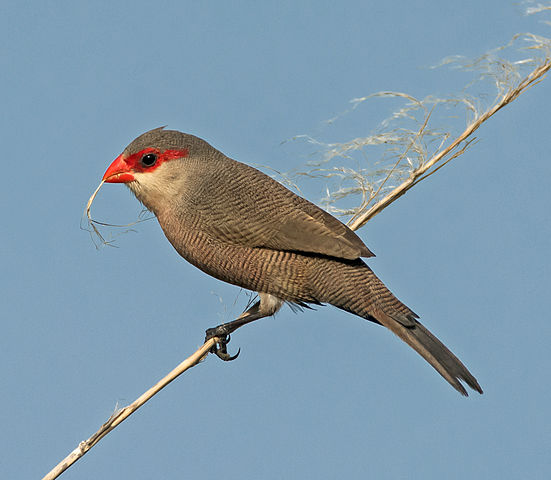
Photo Courtesy of Juan Emilio / CC BY-SA 2.0
Females are similar to the males but are somewhat paler with a less obvious red patch on her belly.
Juveniles are also duller with little or no red belly patch.
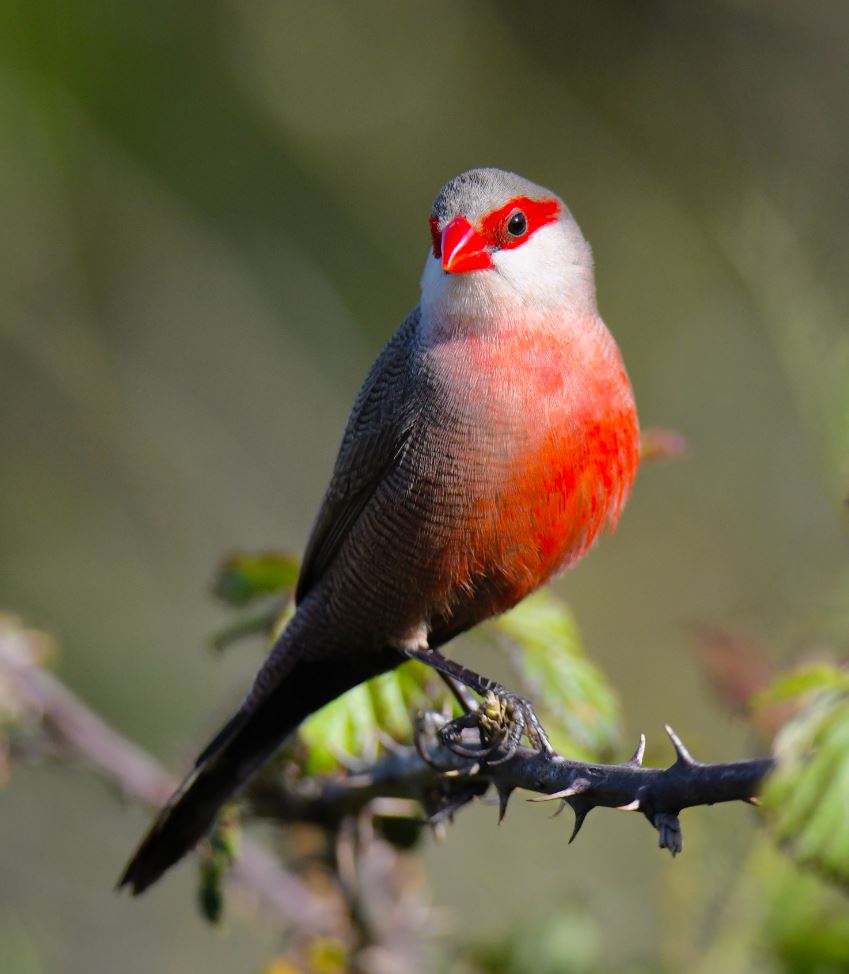
Photo (cropped) Courtesy of Luiz Lapa / CC BY 2.0
This bird is endemic to sub-Saharan Africa and has now been introduced to many other parts of the world.

Photo Courtesy of Derek Keats / CC BY 2.0
Common Waxbill forage in dry and well-grassed areas with shriveled shrubs. They also like to frequent open pastures and urban areas. It can also be found at forest edges and in clearings.
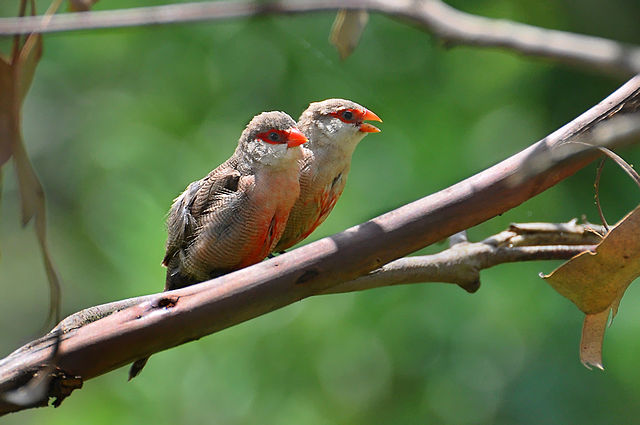
Photo Courtesy of Cláudio Dias Timm / CC BY-SA 2.0
Given the love of open pastured areas it comes as no surprise they love seeds taken on the ground in the ears of grass. They also like to dine on flying termites.
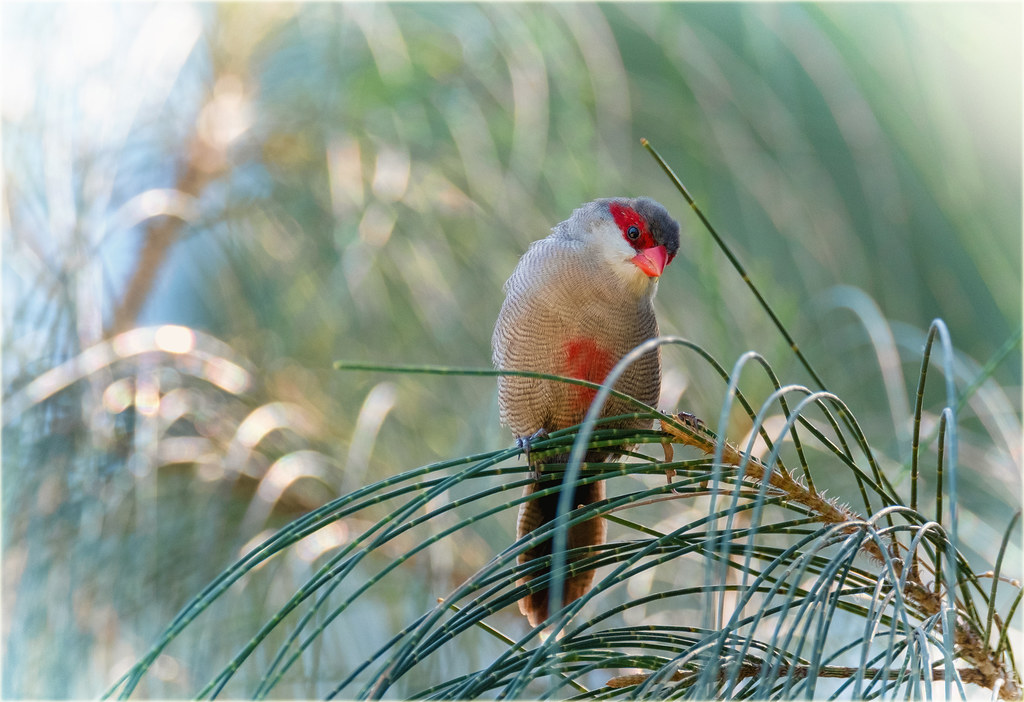
Photo Courtesy of marneejill / CC BY-SA 2.0
These birds build a rather elaborate nest during the breeding season, with a roost built above the nest itself for the male’s use. The nest is itself is built with and covered with grass. Situated on the ground, it looks a lot like a ball of grass and coconut fiber, with a built-in tunnel-like entrance. Up to four eggs, a laid inside and incubated for around 10 days by both the male and the female. Feeding duties are shared by both parents too, with the young eventually becoming fledged at 17 to 21 days.
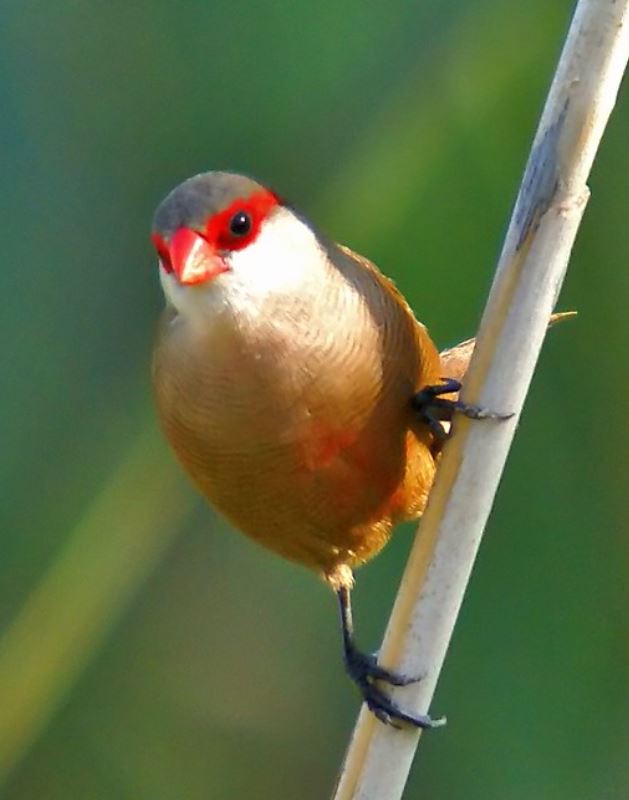
Photo (cropped) Courtesy of ferran pestaña / CC BY-SA 2.0
Common waxbills are often caught and raised by the caged bird. But the species is common and populations are not currently under immediate threat.
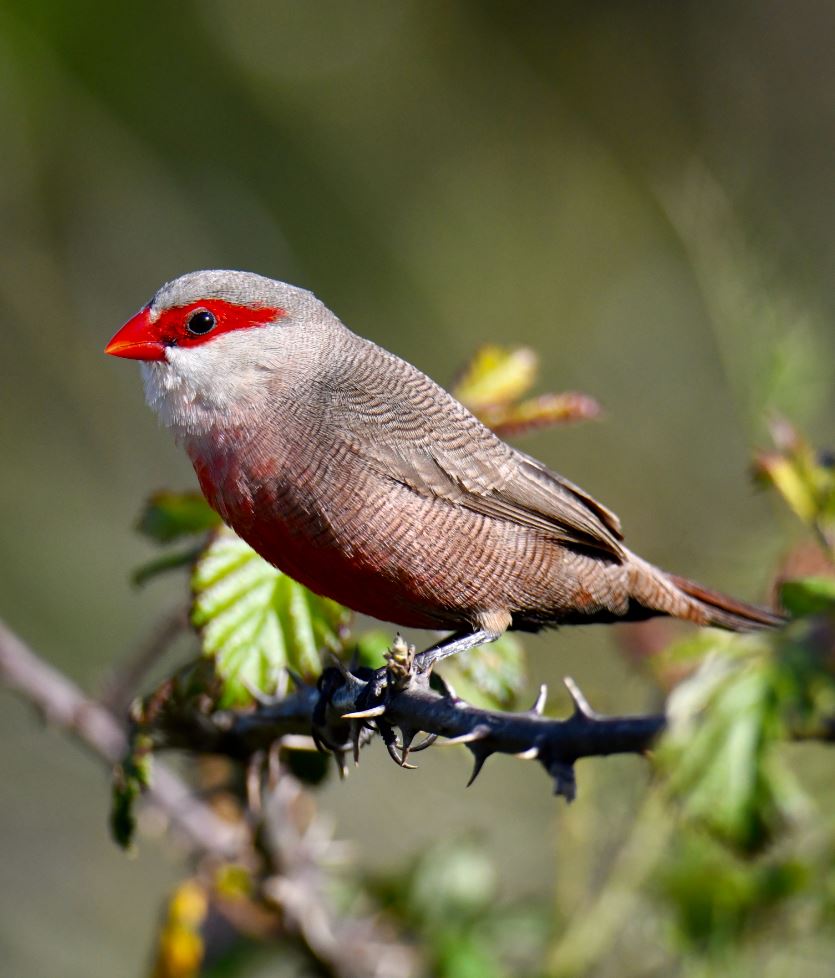
Photo (cropped) Courtesy of Luiz Lapa / CC BY 2.0
WATCH AND LISTEN TO THIS BIRD RIGHT HERE IN THE VIDEO BELOW:

